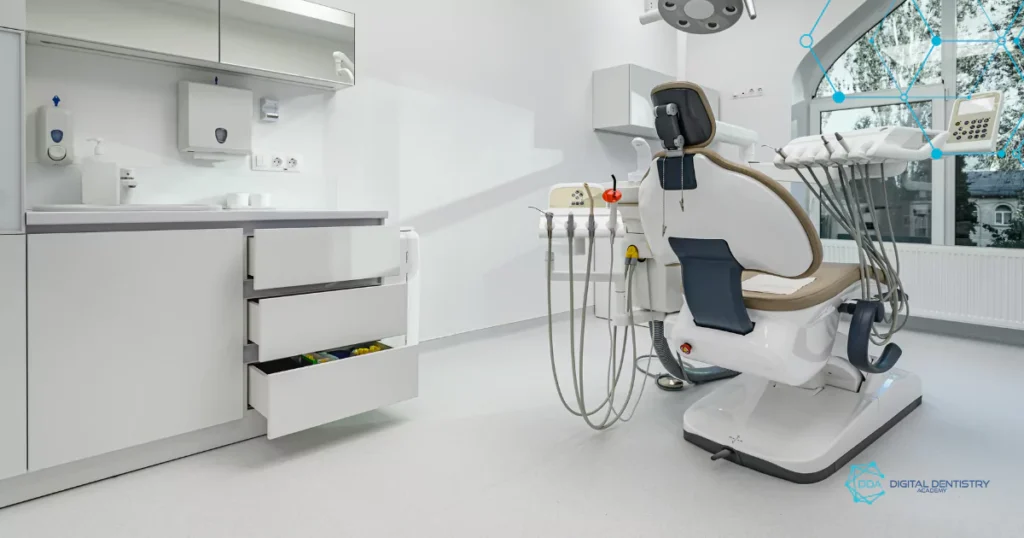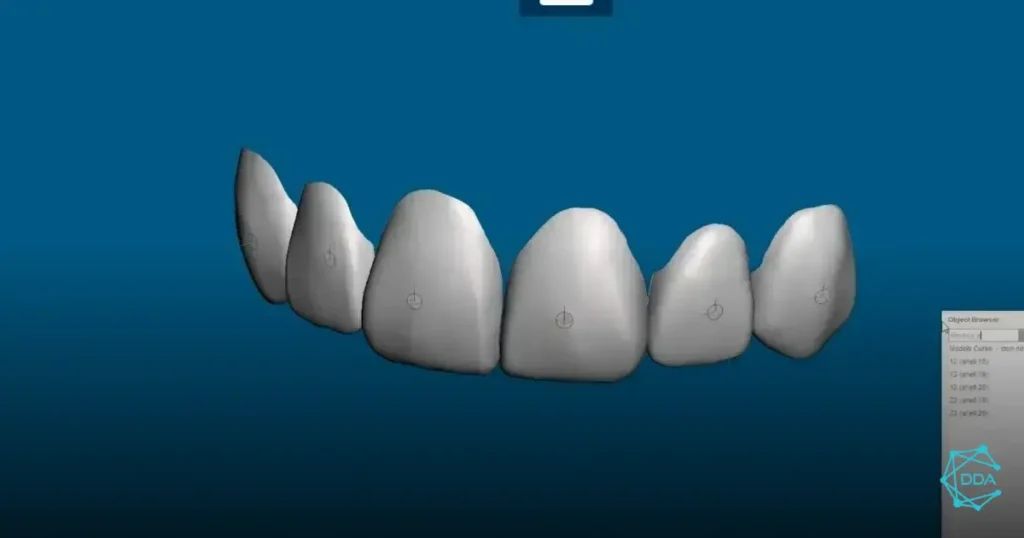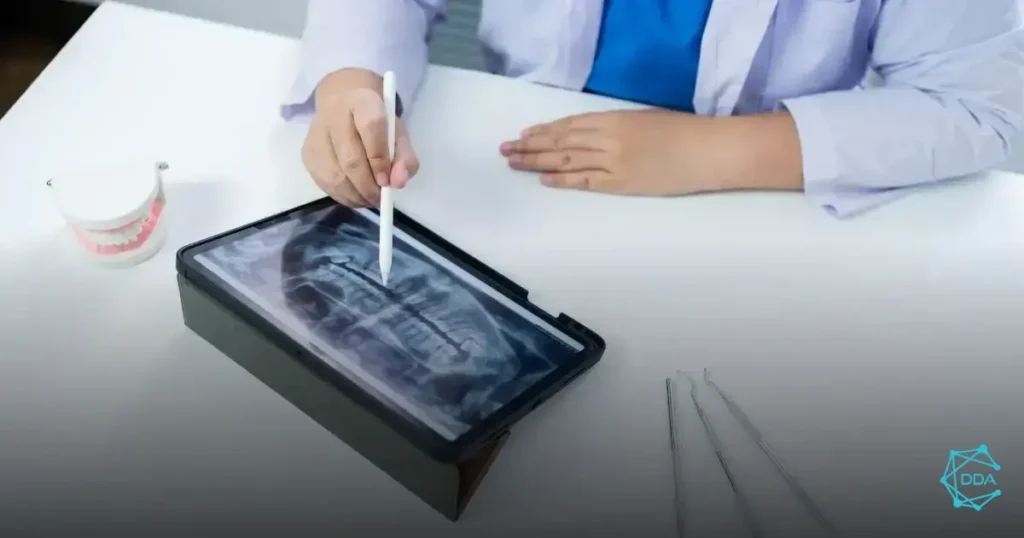Evolution at your fingertips: CAD/CAM in the laboratory and dental clinic
Introduction
The advancement of technology has revolutionized several sectors and, in the area of dentistry, it is no different. With the emergence of the CAD/CAM (Computer-Aided Design and Computer-Aided Manufacturing) system, it is possible to have access to a significant evolution in the process of manufacturing dental prostheses, both in laboratories and in dental clinics.
What is CAD/CAM?
CAD/CAM is a system that uses computers to assist in the design and manufacture of various types of dental prosthetics, such as crowns, veneers, bridges and even dentures. Using this system, it is possible to have greater precision, agility and quality in the manufacture of these devices, guaranteeing better results for patients.
Advantages of CAD/CAM
The use of CAD/CAM in the process of manufacturing dental prostheses brings several advantages to both dental professionals and patients. Some of the main benefits are:
- Precision: With the help of the CAD/CAM system, it is possible to create highly precise dental prosthetics, resulting in perfect fits and greater comfort for the patient;
- Agility: The time required to manufacture a prosthesis using CAD/CAM is significantly less than traditional methods, as a large part of the process is automated;
- Quality: The technology used in CAD/CAM allows the production of prostheses with greater quality and durability, as the materials used are highly resistant;
- Customization: With the help of the CAD/CAM system, it is possible to customize the prostheses according to the needs and characteristics of each patient, guaranteeing even better aesthetic and functional results;
- Error reduction: When using CAD/CAM, it is possible to avoid common errors in manual processes, such as incorrect measurements and poorly made adjustments, minimizing rework;
- Integration: The CAD/CAM system allows greater integration between the laboratory and the dental clinic, facilitating communication and speeding up the process of manufacturing the prosthesis.
Using CAD/CAM in laboratories
Dental prosthesis laboratories are the main beneficiaries of the CAD/CAM system. With this technology, it is possible to optimize the workflow and increase production, since several stages of the process are automated.
In the laboratory, CAD/CAM is used to:
- Intraoral scanning: Using an intraoral scanner, the patient's mouth is scanned, allowing the creation of 3D digital models of dental structures;
- Prosthesis design: With the digital model in hand, the dental technician uses CAD software to plan the prosthesis, adjusting every detail according to the patient's needs;
- Prosthesis manufacturing: After the design is finalized, the CAM software guides the milling machine, which sculpts the prosthesis from a block of ceramic or other resistant material;
- Finishing and polishing: After manufacturing the prosthesis, it is necessary to carry out a manual finishing and polishing process to guarantee an impeccable aesthetic result.
Use of CAD/CAM in dental clinics
In dental clinics, CAD/CAM also brings several benefits. Using this technology, it is possible to offer faster and more efficient service, in addition to ensuring patient satisfaction.
In the dental clinic, CAD/CAM is used to:
- Intraoral scanning: The intraoral scanner is used to capture 3D digital images of the patient's mouth, replacing the use of traditional impressions;
- Treatment planning: With the digital model in hand, the dentist uses CAD software to plan the treatment, being able to simulate different options and show the patient the expected result;
- Manufacturing of the prosthesis: After planning, the prosthesis can be manufactured in the office, using a milling machine;
- Finishing and placing the prosthesis: After manufacturing, the dentist finishes the prosthesis and places it in the patient's mouth, ensuring a perfect fit;
- Monitoring and adjustments: With the prosthesis in place, the dentist can make the necessary adjustments, ensuring patient satisfaction and comfort.
Conclusion
The CAD/CAM system represents a true revolution in the process of manufacturing dental prostheses, both in laboratories and in dental clinics. The use of this technology provides more accurate, faster and satisfactory results for both professionals and patients, ensuring progress is within everyone's reach.






